The Sari Series: Perhaps the most versatile garment in the world, the sari is an incredible design contribution from India. Its drape is referenced the world over and worn by millions of women on a daily basis. It is versatile and adaptable to context, environment and culture, with its making directly tied to the livelihoods of millions of karigars (craftspeople). Traditionally, it is a single piece of unstitched fabric with variable densities in its parts – with heavier weights allowing for it to drape correctly. Today, its definition includes textiles woven by mill or by hand, often with one density. Though, what can be worn in over 100 different ways has overwhelmingly been whittled down to one recognised style of draping, known as the Nivi drape.
Border&Fall’s project is a non-profit cultural documentation of an incredible textile and garment contribution from India, intended to address a perception shift of the sari, which is often seen as staid, traditional, and increasingly worn only on formal occasions, particularly in urban India. Through film and photography, Border&Fall addresses this perception shift in two distinct ways by:
- Creating the first digital anthology of drape, documenting over 80 how-to drapes through short film.
- Exploring the sari’s past, present and future in 3 independent films directed by filmmakers Q, Bon Duke, Pooja Kaul.
These films are available free of charge across YouTube and their own digital site.
Therefore, we are left with a garment that is often perceived as traditional, old fashioned and with little room to experiment. Not only is this simply not true of the sari, but this perception puts the garment at risk: future generations will not want to wear it, and in many larger cities, they have already started relegating it to occasion wear.
The sari was designed to adapt. In fact, it didn’t even have a blouse or petticoat until the Victorian era.
.
What does a sari look like on a woman today? This is the intention of our project: To look forward by documenting the past, and contribute to a much needed perception shift of the garment. Want to know more about why this project matters so much to us at Border&Fall? Read our article: “Why ‘the Sari?'”.
Creative team:
 Malika Verma Kashyap, Producer and Creative Director: Curious and concerned with India’s evolving design sensibilities, Malika moved to India from Canada a decade ago with extensive experience in strategic fashion management. She founded Border&Fall as a digital publication and agency and has wanted to see this project come to life for many years.
Malika Verma Kashyap, Producer and Creative Director: Curious and concerned with India’s evolving design sensibilities, Malika moved to India from Canada a decade ago with extensive experience in strategic fashion management. She founded Border&Fall as a digital publication and agency and has wanted to see this project come to life for many years.
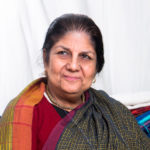 Rta Kapur Chishti, Sari Advisor: Rta is India’s leading authority on the sari and a recognized textile scholar, co-author and editor of ‘Saris: Tradition and Beyond’ as well as ‘Handcrafted Indian Textiles’. She is accompanied by her team: Mehak Kapur Chishti, Pallavi Verma and Sharanya Aggarwal.
Rta Kapur Chishti, Sari Advisor: Rta is India’s leading authority on the sari and a recognized textile scholar, co-author and editor of ‘Saris: Tradition and Beyond’ as well as ‘Handcrafted Indian Textiles’. She is accompanied by her team: Mehak Kapur Chishti, Pallavi Verma and Sharanya Aggarwal.
 Rashmi Varma, Associate Creative Director: Currently the Designer and Founder of Rashmi Varma, she was born in Montreal and currently resides in New Delhi. She has costume designed for notable directors, such as Deepa Mehta, and exhibited at the Victoria and Albert Museum and the Museum of Canadian Contemporary Art. She recently co-authored ‘SAR: The Essence of Indian Design’ published by Phaidon Press.
Rashmi Varma, Associate Creative Director: Currently the Designer and Founder of Rashmi Varma, she was born in Montreal and currently resides in New Delhi. She has costume designed for notable directors, such as Deepa Mehta, and exhibited at the Victoria and Albert Museum and the Museum of Canadian Contemporary Art. She recently co-authored ‘SAR: The Essence of Indian Design’ published by Phaidon Press.
 Deep Kailey, Associate Creative Director: An independent Creative DircDeep is the former Fashion Director of Tatler (UK) and London-based Fashion Editor of Vogue India. Prior engagements include the path-breaking publication Dazed & Confused and special projects for Comme des Garçons, Roksanda Ilincic and Kim Jones.
Deep Kailey, Associate Creative Director: An independent Creative DircDeep is the former Fashion Director of Tatler (UK) and London-based Fashion Editor of Vogue India. Prior engagements include the path-breaking publication Dazed & Confused and special projects for Comme des Garçons, Roksanda Ilincic and Kim Jones.
Advisory Board:
Filmmakers: We approached three diverse filmmakers for this project to explore the sari through multiple perspectives. Bon Duke brings his distinct editorial and movement based visuals ; Q (Kaushik Mukherjee), a provocative vision and lens on Indian culture; and Pooja Kaul her intimate and sensitive storytelling:
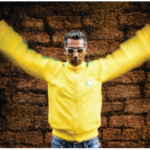 Q, Filmmaker: “I am thrilled to work with Border&Fall to produce a short film about one of the most complex subjects that I have ever worked on. I am a lover of the sari, and the fact that Border&Fall is taking this initiative is very exciting, as well as reassuring. The sari is one of the greatest art forms that exists in the subcontinent, and precious little work has been done to document and understand it. I am looking forward to the sari movement.”
Q, Filmmaker: “I am thrilled to work with Border&Fall to produce a short film about one of the most complex subjects that I have ever worked on. I am a lover of the sari, and the fact that Border&Fall is taking this initiative is very exciting, as well as reassuring. The sari is one of the greatest art forms that exists in the subcontinent, and precious little work has been done to document and understand it. I am looking forward to the sari movement.”
 Pooja Kaul, Filmmaker: ” The texture of memory has always interested me, and forms part of all my work, how it lives with us in the present, and the sari physically embodies that thought perfectly. We have memories of our mothers and grandmothers wearing their saris in the morning, of lying under our mother’s pallu, and now we have the challenge of taking it into the future, of re-imagining it, of maybe even loosening it from the ties of memory. There is a sense of a battle for the sari, which makes the project important.”
Pooja Kaul, Filmmaker: ” The texture of memory has always interested me, and forms part of all my work, how it lives with us in the present, and the sari physically embodies that thought perfectly. We have memories of our mothers and grandmothers wearing their saris in the morning, of lying under our mother’s pallu, and now we have the challenge of taking it into the future, of re-imagining it, of maybe even loosening it from the ties of memory. There is a sense of a battle for the sari, which makes the project important.”
 Bon Duke, Filmmaker: “I’m really interested in showing the youth, culture and creative work coming out of India and the forces – fashion, music, writing – behind all this amazing work. At the same time, I want to respect the subject by not implementing my own perceptions of what I know about India. The balance is going to be in creating something that is appealing to India itself – which means avoiding cliches that are common there – but which feels inclusive to the rest of the world.”
Bon Duke, Filmmaker: “I’m really interested in showing the youth, culture and creative work coming out of India and the forces – fashion, music, writing – behind all this amazing work. At the same time, I want to respect the subject by not implementing my own perceptions of what I know about India. The balance is going to be in creating something that is appealing to India itself – which means avoiding cliches that are common there – but which feels inclusive to the rest of the world.”

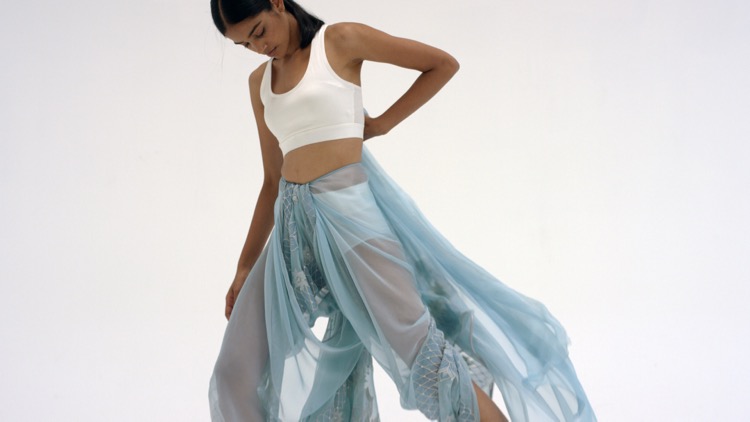
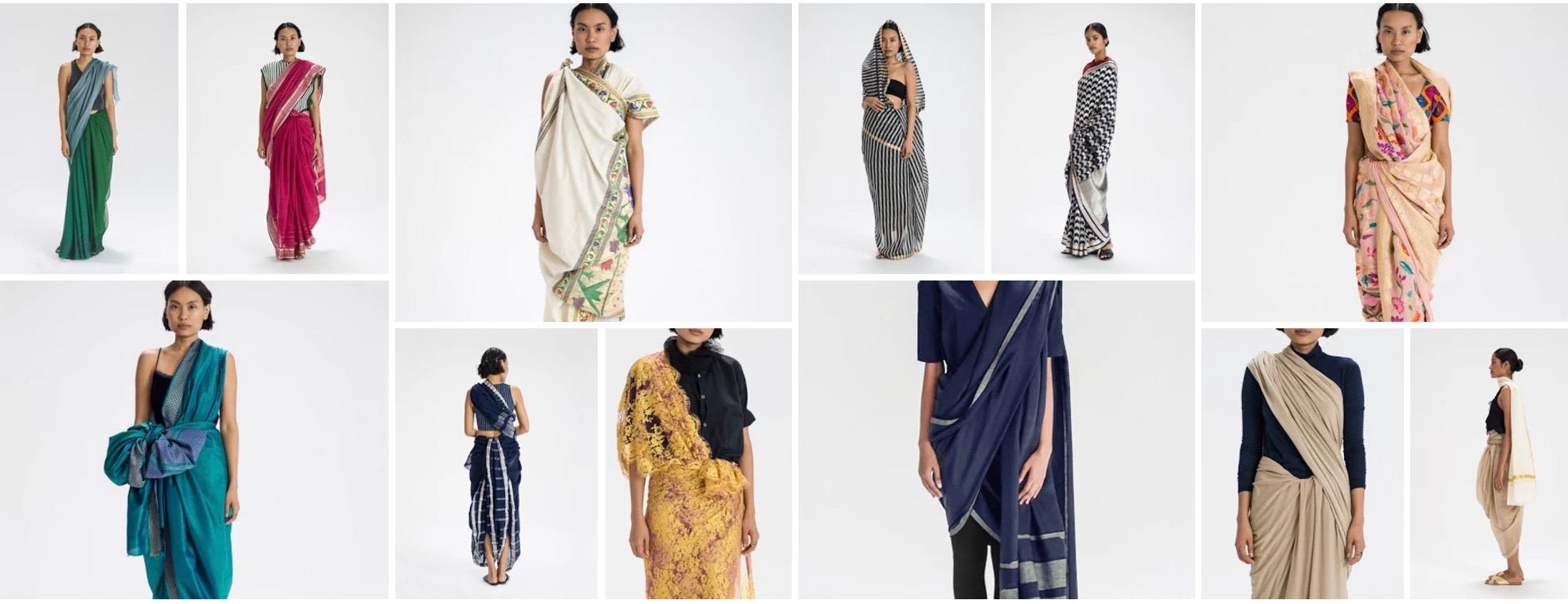
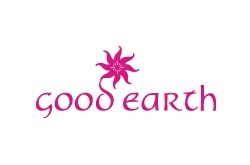

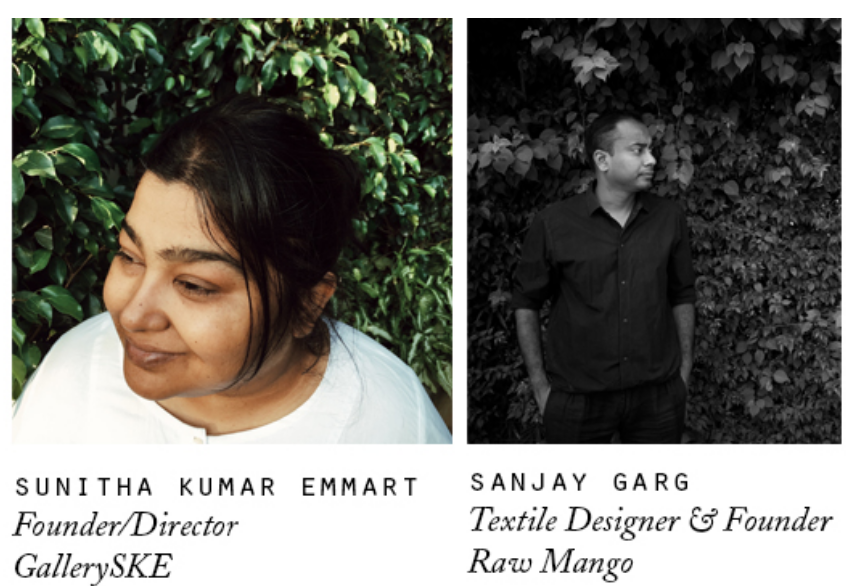
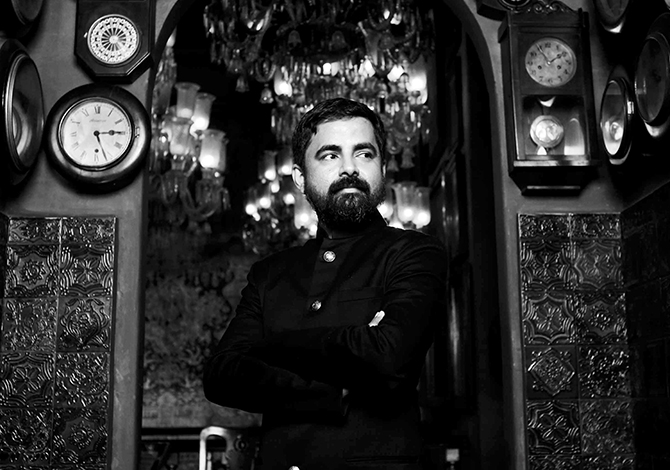
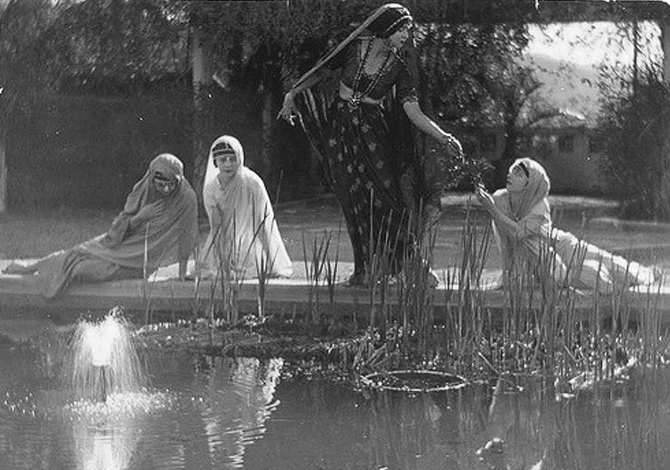
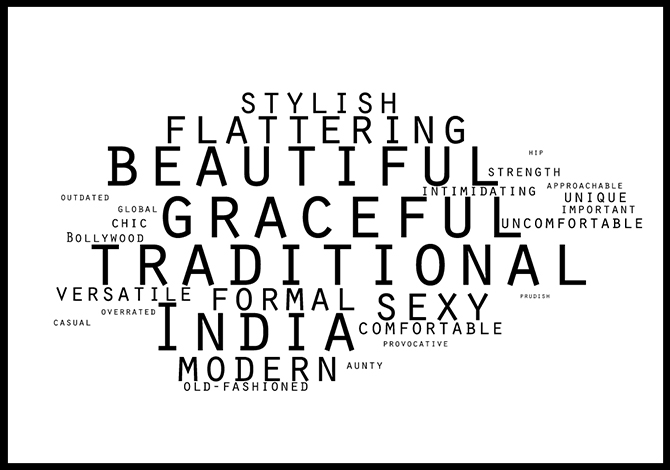
Love India. Colors shapes and of course sari
Hi,
I wanted to explore the possibility of a collaboration.